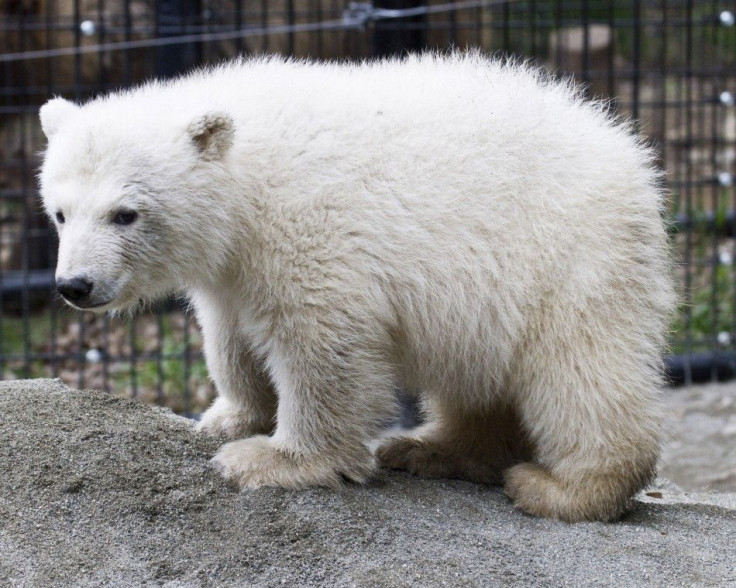Arctic Polar Bears Are...Irish?

The Irish brown bear is the mother of all polar bears. At least that's what a study in the latest version of Current Biology shows.
It turns out that polar bears and brown bears have been crossbreeding throughout the last 100,000 years, according to a research summary published on Current Biology's website.
The scientist in the DNA study of ancient brown bear bones found that polar bears' lineage descends from brown bears that lived near Ireland, and that the maternal ancestry likely began prior to or during the last ice age, according to the summary.
Polar bears, known scientifically as Ursus maritimus, or sea bear, evolved some 200,000 years ago from brown bear ancestors, and adapted for survival in the far north. The five nations that have polar bear populations include the United States (Alaska), Canada, Russia, Greenland, and Norway, according to Polar Bears International.
Polar bears International is a nonprofit dedicated to the worldwide conservation of polar bears and its habitat. The organization does this through research, stewardship and education, and provides scientific information about the bears globally, according to its website.
Polar bears are the world's largest non-aquatic predators, and they top the food chain in the Arctic, primarily preying on ringed seals, according to Polar Bears International.
For the study, scientists analyzed the teeth and skeletons of 17 brown bears found at eight cave sites across Ireland. It was previously believed that polar bears today were most closely related to brown bears living on islands off the coast of Alaska, according to a BBC report on the recently published study.
The scientists in the study said an analysis of mitochondrial DNA, a DNA inherited only from mothers, has shown that the extinct Irish brown bears are the ancestors of all polar bears that are living today, according to the BBC's report of the study.
The researchers concluded that the reconstruction of the maternal history of the brown and polar bears has two striking features. The first is that it's punctuated by dramatic and discrete climate-driven dispersal events, and the second is that the opportunistic mating between the two species as their ranges overlapped has left a strong genetic imprint, according to the research summary on Current Biology's website.
The researchers believe the finding suggests that not only this form of crossbreeding may be more common than previously thought, but may be a mechanism by which species deal with marginal habitats during periods of environmental deterioration, according to the summary.
© Copyright IBTimes 2024. All rights reserved.






















